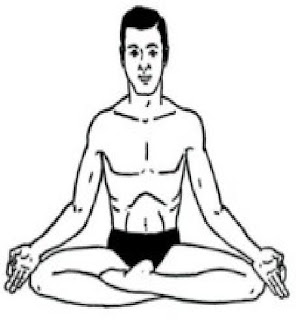Asanas are yoga postures. Asanas are the exercises performed by holding body in a particular posture. Yoga practice consists of performing these asanas which generate flexibility, strength, energy and youth.
Asanas or yoga postures also provide positions for practicing paranayams, mudras, sutras, dhauthis etc. Each of these yoga types are practice in a particular asana.
Various branches of yoga like hatha yoga, raja yoga, kundlini yoga, tantric yoga etc. have their respective asanas.
Yoga asanas are the basis framework on which the whole structure of yoga is built. For each type and branch of Yoga different asanas are practiced.












